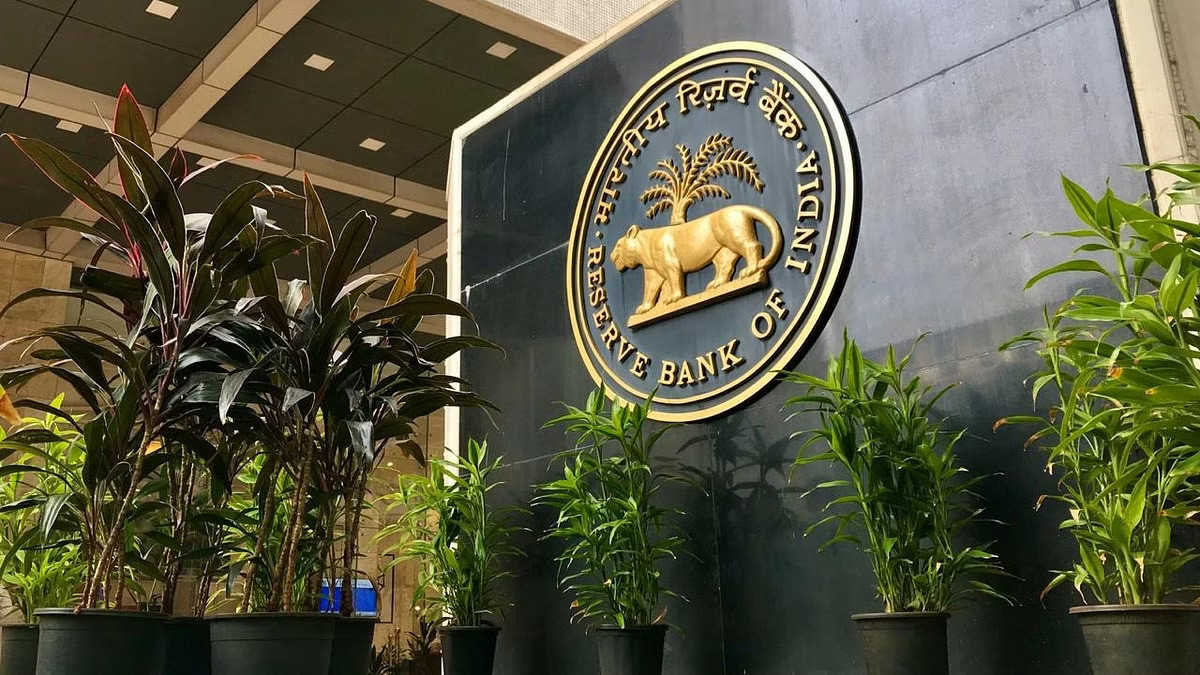
MSME Bodies Urge RBI to Double Threshold for SMA-2 Stressed Loans
An account is classified under SMA when it shows early signs of financial difficulties or irregularities in loan repayment.
Workers at the Biswakarma Terracotta and Pottery factory in Nandan Nagar, near Agartala, are crafting designer mud pots. Meanwhile, the Federation of Indian Micro and Small & Medium Enterprises (FISME) has appealed to the Reserve Bank of India (RBI) to extend the threshold period for stress loan accounts under the special mention account-2 (SMA-2) category from the current 90 days to 180 days. They also requested the RBI to revise the definition of a willful defaulter for MSMEs.
FISME noted in a memo to the RBI that the current SMA classifications prompt penal actions even for minor delays, which impact credit scores and restrict access to credit. This rigidity overlooks genuine reasons for delays, such as late payments from buyers. Before a loan account becomes a non-performing asset (NPA), banks must identify early signs of stress by placing it in the special mention accounts (SMA) category. An account is classified under SMA when it shows early signs of financial difficulties or irregularities in loan repayment.
There are three types of SMAs: SMA-0 (when payments are overdue for up to 30 days but the account shows signs of stress), SMA-1 (when payments are overdue between 31-60 days), and SMA-2 (when payments are overdue between 61-90 days). MSME borrowers cannot use existing credit lines to pay dues when their account is under the SMA category, which hinders recovery efforts, FISME argued.
The meeting, presided over by Deputy Governors M Rajeshwar Rao and J Swaminathan, included representatives from MSME bodies like the India SME Forum, FISME, and Laghu Udyog Bharti. There was a broad consensus to extend the SMA-2 period to 180 days. Vinod Kumar, President of the India SME Forum, stated that the current SMA classifications restrict MSMEs’ access to credit during critical times. He explained that manufacturing a product can take 40 to 45 days, and selling it and receiving payment can take up to 200 days, making it difficult to pay within the 90-day period while maintaining operations.



